Easter in all its glory: Semana Santa in Seville
Holy Week, or Semana Santa, is one of the most important events on the Spanish calendar, and no celebrations are more famed than those that take place in the Andalucian city of Seville. Falling in the week leading up to Easter, Semana Santa draws in around a million spectators each year, who come to see the exceptional processions, floats and traditional dress that mark the largest religious event within Spain. Semana Santa takes place between 13th and 20th April 2014, starting as always on Palm Sunday and ending on Easter Sunday.
Given its religious significance, Semana Santa is traditionally a rather solemn affair. Those who want a more light-hearted Easter experience may come two weeks later for the famed Feria de Seville (5th-10th May), a 6-day fiesta that consists of flamenco and sevillanas dancing, parades, fairground rides, sherry drinking, dressing up in finery and generally partying in typical Spanish style. That said, Semana Santa is by no means ‘dull’: bars are full around the clock with friends and entire families getting together to enjoy the close sense of community and occasion.
As declared in the rule of the ordinances back in the 17th century, Semana Santa sees the religious (namely Catholic) brotherhoods of Seville, known as cofradias or hermandades, make their way through the streets of the city with floats, or pasos, representing scenes of the Passion, Death and Resurrection of Christ, or of the Virgin Mary, la Dolorosa, mourning her son. The cofradias walk in penitence in front of their pasos, dressed in robes and often quite sinister hoods, from their home church to the Cathedral of Seville (the third largest cathedral in the world) and back. Although they take the shortest possible route, this procession may take up to 15 hours. In total the streets of Seville will see an 57 brotherhoods, made up of 60,000 brothers, carry an impressive 116 floats down its wide tree-lined avenues and through its narrow, cobbled streets.
The most popular processions will be saved however until the night of Maundy Thursday, when they will set out in order to arrive at the Cathedral at dawn on Good Friday, known as the madrugá. Grandstands are built in the main plazas and seats sell out weeks in advance for the culmination of this unique and unforgettable week.
Semana Santa is a reminder of how Spain is inextricably linked to its past and its traditions; although many of the country’s other fiestas have a religious slant to them, involving much festivity and merriment, this is one celebration which gives us a deep insight into the Spanish psyche and which will no doubt be respected for years to come, by young and by old.
Cactus Language offer a range of Spanish language courses in the UK, New York, Spain, South America & Central America.

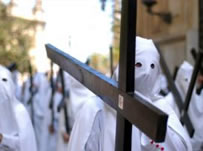
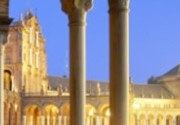

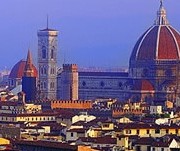
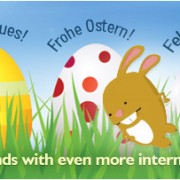
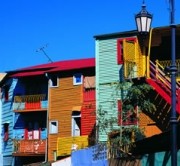

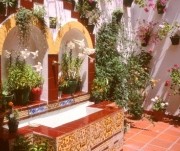
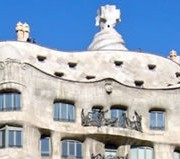


Leave a Reply
Want to join the discussion?Feel free to contribute!